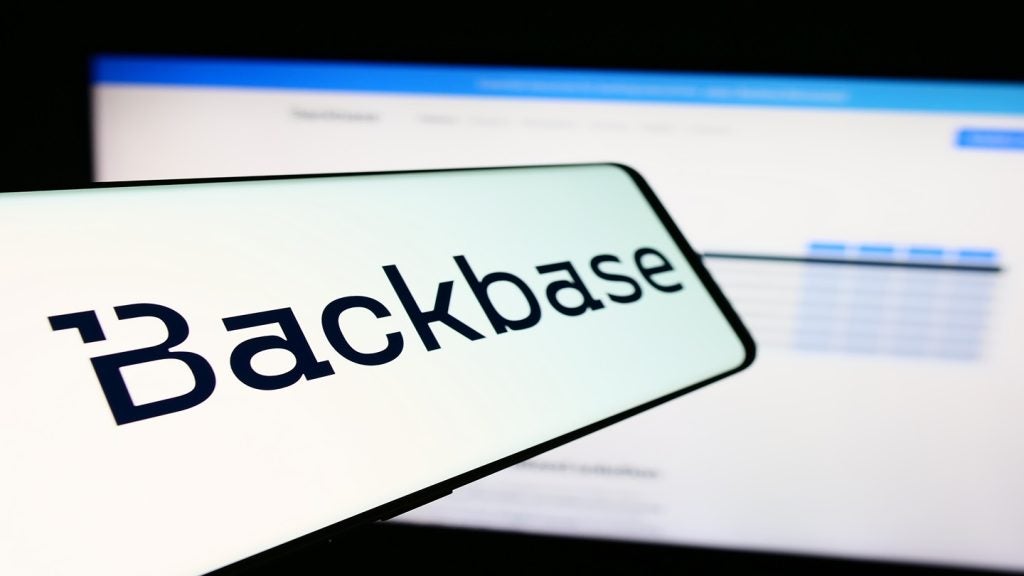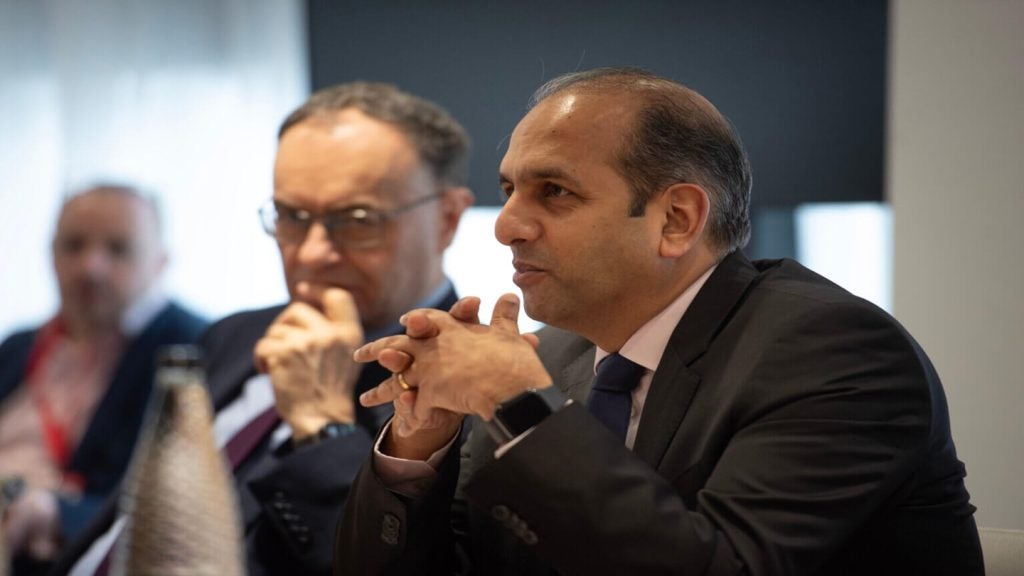Despite the low degree of Internet literacy in Italy and a painful lack of infrastructure affecting the speed of broadband in many areas, the investment of Italian banks into digital is growing rapidly. Angelo Boccato investigates the Italian digital strategy
Italian banks, thanks to their more ‘traditional’ business models, managed to withstand the initial impact of the global financial crisis in 2008 better than many regions.
However, the following the sovereign-debt crisis and double-dip recession hit the Italian banking sector hard and credit started contracting in mid-2012.
Weak profitability and deteriorating loan quality are the main weaknesses of the Italian banking system, while the coverage of non-performing loans by provisions and collaterals has deteriorated since the crisis.
General investment by the Italian banks in digital strategies is acknowledged to be important, although for even the simplest of digital banking services use in the country is relatively low.
Federico Sforza, head of multichannel and senior vice president at UniCredit tells RBI: "Italy is at the bottom of the EU5 for Internet banking with an average use around 22%."
This level of Internet banking use is far below the European average standards, as in Germany it stands at around 40-45% and in the Netherlands and Sweden where this value is over 90%.
Similar to most of Europe, direct channels are not seen as an alternative to branches in Italy, but as a part of the wider multi-channel strategies.
Bank customers in Italy are typical in that they will often opt for the simplest operations such as money transfers through the Internet and mobile channels, but for more complex products such as mortgages they prefer the consultancy at branches, that would turn to be more focused on specific needs.
Given the presence of many small, cooperative and regional banks, Italian banking system has a higher branch density (1,806 inhabitants per branch) than European peers (average of 2,168 inhabitants per branch).
As shown by many industry surveys, Italian customers give a high value to the human relationship with their banks and because of that, banks are focusing on the best ways to retain clients.
However, like many banks in Europe, some Italian lenders have been reducing the number of their branches throughout the country.
UniCredit is planning to close 350 branches (10% of the total) by the end of 2015. 110 local branches have already been closed in 2013.
On the other hand, some banks are choosing to re-orientate the branches, adopting a more complete digital strategy.
The role of call centres as part of the digital strategy is also going through a transition in Italy. It is more often being used as a connector between the various channels and aimed at increasing marketing reach and improving the quality of customer service both.
UniCredit’s key pillar in its digital stagey is ‘Banca via Internet’. UniCredit’s main innovation on the Internet front can be seen in the new Family Balance, a tool aimed at organising family expenditures and analysing purchases’ behaviour.
According to Peter John Caiazzi, head of Internet and Mobile Banking at Intesa Sanpaolo, the online strategy must "offer customers a full range of banking services that are simple to use and work seamlessly especially when customers change channels."
For MPS: "Digital banking strategy means developing the mobile banking strategy through the constant development of smartphone banking. MPS want to combine this with the transformation of the more traditional Internet banking".
MPS’ banking platform has been completely updated in January 2013 and all its customers have migrated to the new platform; with the enrichment of some functions in 2013, like online documents. The Siena-based banks approach on this front can be seen as a "work in progress".
Luca Gasparini, general director at WeBank S.p.a, summarizes BPM’s strategy in two sections: MyMoney used for transactions, and Mylife products (mortgages, investments).
MyMoney customers are able to do everything within the digital channel, while Mylife users will move under the multi-channel approach.
BPER’s digital strategy is described by Francesco Brandani, head of direct channels, marketing and digital communication as the: "Implementation and development of direct channels, Internet and mobile banking".
Brandani explains that there has recently been an upgrade of the group’s Internet banking platform.
Vittorio Ratto, head of strategic marketing at Cariparma explains: "We are working this year towards the launch of a new Internet platform that will replace the current one".
When it comes to numbers, the data is different among banking institutes, but all show a growing trend in digital operations.
UniCredit customers that have opted into the banks multi-channel approach at the end of 2013 are up to around 4m, nearly half (48%) of the bank’s total customer base.
Intesa says: "Approximately 45% of customers have a contract for multichannel banking, and have the banks’s OTP token for authentication, with 25% of Intesa Sanpaolo’s retail customers using the Internet banking platform on a monthly basis."
The percentage of MPS’ customers able to operate through digital channels stands at 50% and between 2011 and the end of 2013 it has experienced a 19% increase, bringing the number of customers on multichannel up to almost 1.4m.
Timing in the ‘race to digital’ is very important and here we can find a difference between BPM and BPER. As Gasparini tells RBI, 52% of customers and 63% of enterprises have access to digital services, as a result of a path started almost ten years ago.
BPER has been slower out of the blocks and only began its direct channels strategy in 2011 and moved into digital in 2013.
During that time, BPER managed to reach between 17-20% of its customer base on Internet or mobile banking.
When it comes to the community focused banking group Cariparma, Ratto reveals that 50% of customers are counted as multichannel users.
The ‘race to digital’ is has been buoyed along by the rapid rise in mobile internet, bypassing many people’s objections to traditional Internet banking.
As Sforza tells, the use of mobile in Italy is one of the highest in Europe and this, as well as the growing use of tablets, is helping the growth of digital channels.
UniCredit has managed to convert 19% of its mobile customers to mobile while Intesa Sanpaolo has 12%.
For MPS, mobile app downloads have doubled in 2013 compared to 2012, while access to mobile channels has tripled. The number of services carried out via mobile in 2013 shows a very positive trend with 8.5m operations, equal to a 281% increase since 2011.
BPM has brought to mobile banking almost 90% of its Internet banking functionalities and through mobile and Internet the bank carries out 90% of its consumer operations in Italy.
BPM’s App Ben Fatto, a digital moneybox has been awarded the best mobile banking app by the Italian financial online newspaper Milano Finanza.
Gasparini says: "Customers over 70 are entering in direct channels at a fantastic rate, in no small part due to the popularity of tablets in this age group".
The use of social media such as Facebook is also very beneficial for the Parma-based banking institute, Cariparma.
However cultural and infrastructural issues remain an obstacle in the Italian digital bank’s path.
The cultural problem is generally considered more relevant and worrying than the infrastructural one.
Brandani says: "Beyond the ‘literacy’ issue there may also be a general lack of confidence from customers in conducting banking operations via Internet and in understanding limits and opportunities".
Another element underlined by Brandani is the digital divide that affects the spread of Internet and mobile banking in different ways all over Italy where BPER is located.
The Italian bank present different views and foresights on the future of the digital channel in the country, clearly due to different elements, but there is a shared optimism on the upcoming evolutions.
Sforza explains that the multichannel approach will allow more of the branch net to focus on sales and customer relations, taking advantage of every opportunity for increasing the generation of qualified contacts.
The fact that in 2013 10% of the whole UniCredit products have been sold via the digital channel is a proof of its value at potential.
Caiazzi envisions double-digit growth for the next few years among the users of digital channels, and growth of more than 100% among mobile customers in 2014. Such a sudden boom will undoubtedly affect online products sales.
MPS also share optimistic views, anticipating a constant and gradual increase of digital operations.
BPM, thanks to the presence of WeBank has a pure online banking division among the three major ones in Italy, and overviews an important growth track in this sector.
BPM’s digital growth will also be favoured by the fact that the bank is spread across some of the Italian territories with the highest GDP figures, such as Lombardy, Veneto, Emilia Romagna and Puglia.
The coming year will be important for BPER as the bank expects to reach 30% of direct channels’ users, under the brand Smart Multichannel.
For Cariparma, a constant investment on multichannel and the evolution of customer relationship management will have an important role in its digital strategy’s future.
Despite these barriers, the digital path for Italian banks appears to be in constant evolution that runs in parallel with the customers’ growth of confidence and Internet literacy.
Digital banking in Italy will most likely keep on growing even more at a national and territorial level, especially if policymakers will work on major infrastructural investments, following the increasing Italians’ ‘appetite for digital’.






